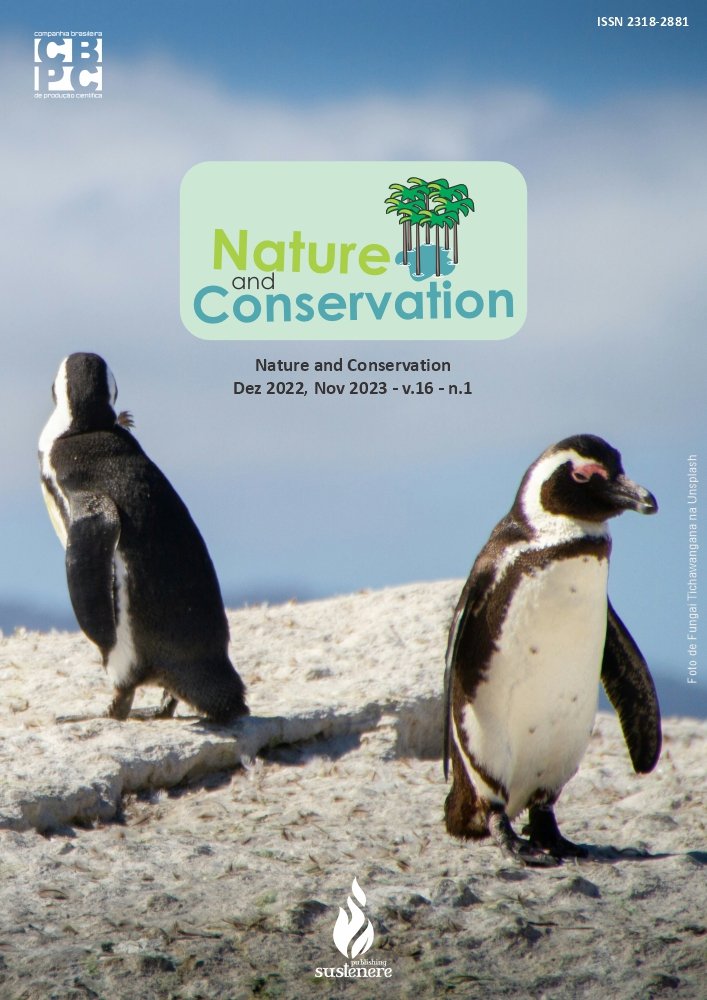Multitemporal analysis of the NDVI Distribution in the city of Garanhuns-PE
DOI:
https://doi.org/10.6008/CBPC2179-6858.2021.005.0056Keywords:
Vegetation cover, Geomorphology, Surface runoff, UrbanizationAbstract
This research aimed to analyze the effects of urbanization on the distribution of the NDVI in the urban area of the municipality of Garanhuns, in the state of Pernambuco. The referred region is going through a period of maximization of its urban perimeter, causing profound changes to the local landscape. The constant removal of vegetation cover created risk areas by intensifying surface runoff, while urban sprawl fueled by the lack of adequate urban planning allowed the occupation of improper areas such as natural slopes and the adjacencies of natural springs. Initially a topographic mapping of the study area was carried out, resulting in a digital elevation model and a watershed map. Subsequently, a multitemporal mapping of the NDVI was carried out using data from the Landsat 5 and 8 satellites. Through the results, it was possible to verify that the constant growth of the urban area created several imbalances in the natural landscape, especially in the vegetation cover. It was observed that even though the average NDVI has remained relatively constant over time, the standard deviation has changed sharply, suggesting disturbances in the NDVI distribution. This phenomenon is a product of Garanhuns’ urban drainage, which consists of creating areas of high concentration of surface runoff directed at the natural slopes. It was found that the expansion of the urban area occurs around the aforementioned slopes and that the drainage system is implemented in such a way that all of the surface runoff is aimed at the slopes, creating a scenario where there are several impermeable areas and others with dense vegetation due to the abundance of water. Moreover, it was observed that the deficiencies in the region’s urban planning created a scenario of environmental risk by increasing surface runoff in risk areas, thus intensifying erosive processes, which may cause mass movements such as landslides.
Downloads
Downloads
Published
Issue
Section
License
Copyright (c) 2021 Ibero-American Journal of Environmental Sciences

This work is licensed under a Creative Commons Attribution-NonCommercial-NoDerivatives 4.0 International License.
The CBPC - Companhia Brasileira de Produção Científica (Brazil CNPJ: 11.221.422/0001-03) the material rights of the published works. The rights relate to the publication of the work anywhere in the world, including rights to renewals, expansions and dissemination of the contribution, as well as other subsidiary rights. All electronically published works may subsequently be published in printed collections under the coordination of this company and / or its partners. The authors preserve the copyright, but are not allowed to publish the contribution in another medium, printed or digital, in Portuguese or in translation.









